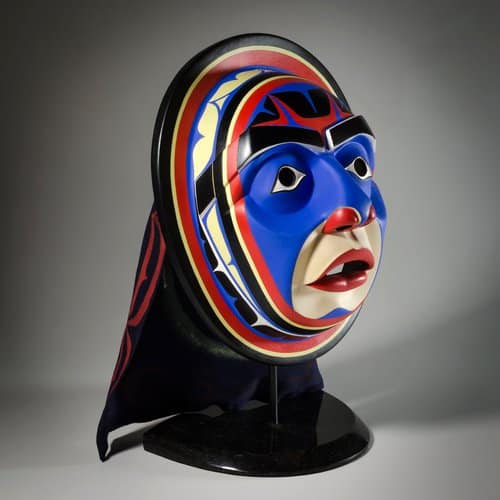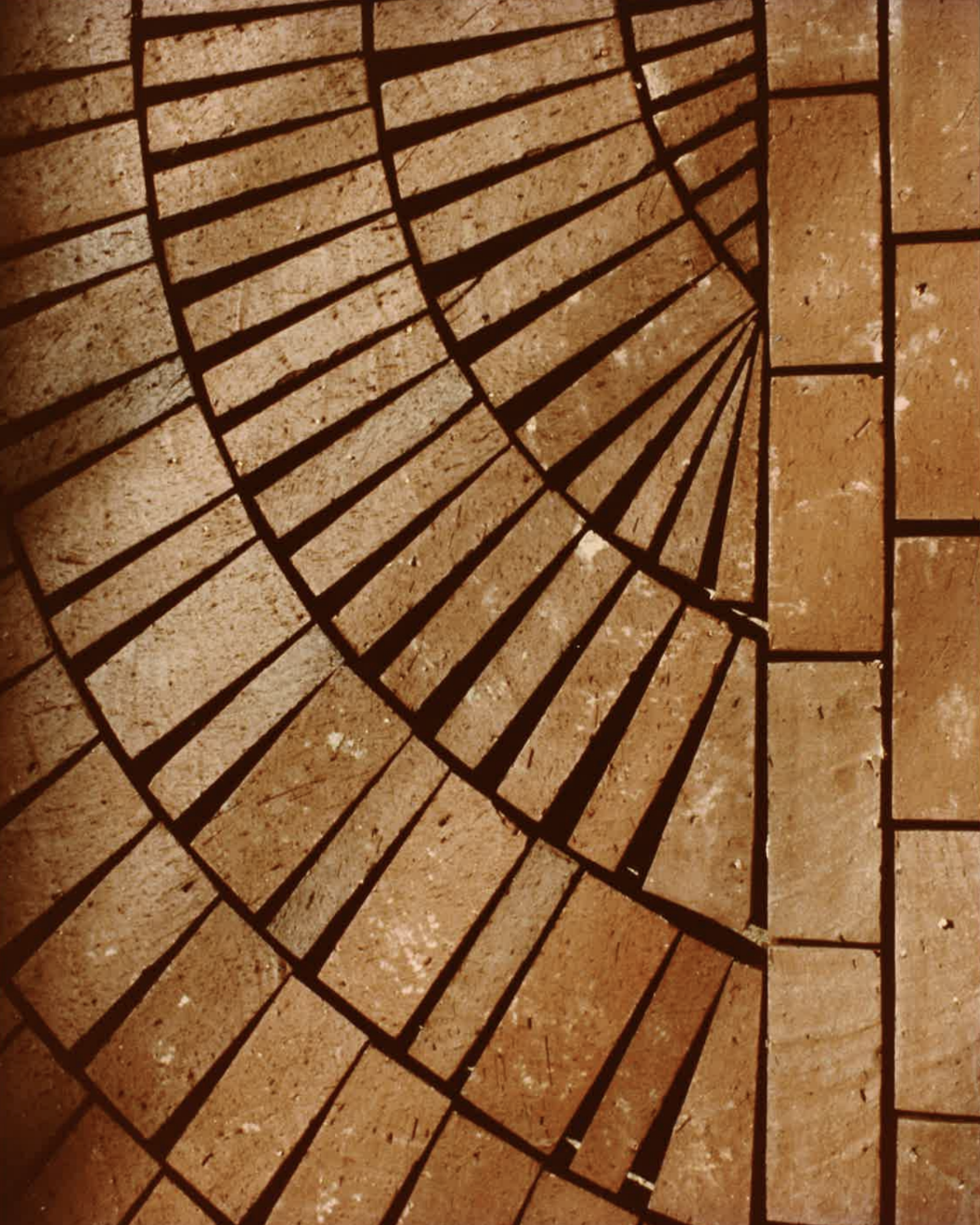What led you to work in the arts?
The idea of working in the arts really appealed to me. I’ve worked in sales, promotion and marketing for many years in Europe and Africa and was always interested in collecting native art during my travels. I immigrated to Canada in 1986 and saw a newspaper advertisement for a sales position at Inuit Gallery. I applied and secured the job, which allowed me to work in a field that interested me.
What drew you to Maori art?
In 1999, the New Zealand Consulate phoned asking if two visiting Maori artists, attending the Nexus Conference in Vancouver, could come down to view our gallery and ask questions about the representation of Maori art in Canada. I was the lucky person who answered the call, showed them around, and then followed up on their visit to the gallery. This blossomed into a wonderful 15-year journey of friendship and the sharing of their culture and arts.

For those who aren’t familiar, can you explain the role of an art curator?
My role is to work personally with artists, helping to support their careers, and then selecting artworks for our gallery. The role of curator also involves building specific and significant exhibitions over many years. This includes overseeing the documentation, planning the exhibition, set-up of artworks and often involvement in cultural ceremonial openings.
What education and skills do you need to become a Native Art Curator?
I am sure an education in the arts could be beneficial, but personally I believe knowledge, interest, hard work and experience are the key ingredients to being successful. I had been working in the gallery business for some nine years before I was given the role of curator.
Can you describe a typical day on the job?
Every day is a combination of contacting artists and other sources finding art, answering questions, completing appraisals, overseeing research towards exhibitions and selling art in the gallery space. Other duties could be unpacking/packing art and completing numerous other jobs around the gallery.
How did you meet Derek, Gary and Colin? Why did you decide to open your own gallery together?
On applying for my sales job at the Inuit Gallery, Derek was one of the interviewees and sanctioned the decision to possibly employ me. Gary joined the Inuit Gallery later in the year with Colin. We all worked together from 1986 to 1995 then sadly due to circumstances beyond our control we all had to resign. Overwhelmed with sympathy and support from artists, clients and people in our industry, Gary, Derek and I decided to open Spirit Wrestler Gallery in 1996. Colin later joined us at Spirit Wrestler Gallery in 1997.

How does Spirit Wrestler Gallery set itself apart from other galleries?
Our gallery is unique because we have worked together for almost thirty years. Everyone knows us as a four-man team. The gallery has a friendly atmosphere because we are not individual commissioned driven salesmen, but a team of knowledgeable owners that help educate our audience to find them their dream artworks.
There is no other gallery that has written so many books and catalogues to support these arts. Gary Wyatt has written three books on Northwest Coast art, ‘Spirit Faces’, ‘Mythic Beings’, ‘Seekers & Travellers’, and two books on Susan Point. I wrote a book ‘Cape Dorset Sculpture’ with my colleague Derek Norton and also a book ‘Manawa – Pacific Heartbeat’ on the Maori and Northwest Coast cross-cultural connection with Gary Wyatt. We have also completed more catalogued shows than any other gallery and we have become internationally renowned for our informative photo documentation.
Also, many artists are exhibiting almost exclusively at our gallery cannot be viewed anywhere else. We are the only gallery in North America representing Maori art.
Is there a story behind the name?
The name Spirit Wrestler comes from the title of a book of the same name written by James Houston. This powerful story is about a young Inuk boy coming to terms with his shamanic powers. It was a book that upon reading many years ago left a lasting impression on us that we decided to name our gallery after it. The name Spirit Wrestler Gallery allowed us flexibility to grow in new directions and represent new cultures.

Featured artworks come from many corners of the world. Which cultures do you showcase, and why?
We represent only three great cultures, Canadian Inuit, Pacific Northwest Coast First Nations, and Maori from New Zealand. I believe we represent some of the best artists and pieces from all three cultures. The collection has many older pieces but we have become known for being a leading contemporary gallery showcasing artists that are ‘exploring the possibilities’.
What do you look for when you’re selecting a potential piece or collection for the gallery?
To us, it is really important to find the right home for the right piece or collection. Art is to be enjoyed on a daily basis. Another important part of our mandate is to try and get pieces into leading museums and collections where they will be kept and viewed forever. In homes, we are only custodians of artworks for our lifetime.
If you’d like to explore a collection of world-class artworks, visit Nigel and the team at Spirit Wrestler Gallery, open Monday to Saturday between 10am-6pm, and Sunday between 12pm-5pm.



